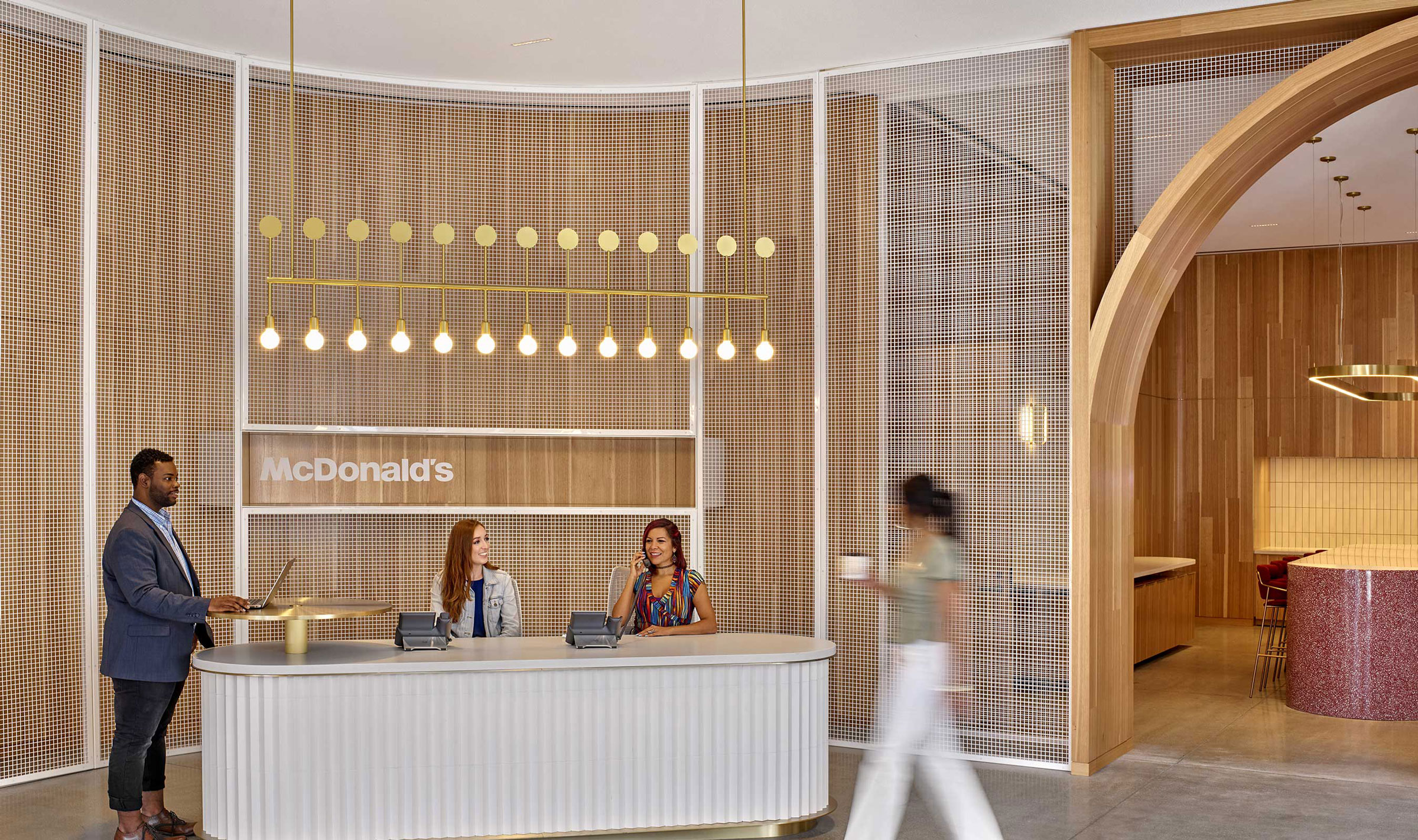Story at a glance:
- Across industries and project types, wire mesh continues to be used in more ways to create boundaries for interior and exterior spaces.
- Banker Wire’s solutions offer scalable visibility, textured designs, and code-compliant materials.
- Their unique ability to range from high to low percent open area creates barriers that are deterring for people and objects without restricting natural light and ventilation.
Architectural wire mesh can be used to create boundaries with less visual obstruction, provide aesthetics, and meet code compliance. Innovative enclosures and even a new take on fencing are among Banker Wire’s expertise. The leader in wire mesh manufacturing has taken its skills, honed over more than a century in industrial manufacturing, and applied them to some very clever designs in recent years.
Banker Wire’s M44-2 wire mesh pattern has been used in numerous Peloton kiosk showrooms to create a separate but visible space to show off their bikes in a shopping mall setting. The largely open wire mesh delineates a private space while maintaining a sense of openness. The unique plaid-like pattern of the M44-2 woven wire mesh adds a modern, luxurious feel to the space and complements the sleek aesthetic of the high-end fitness equipment.
“This was a really good way to create a finite space without closing off the display from the outside,” says Harrison Horan, vice president of sales and marketing at Banker Wire. Horan has been in the industry for more than two decades and has seen the capabilities of architectural wire mesh evolve and expand. “The Peloton kiosks are a great example of that.”
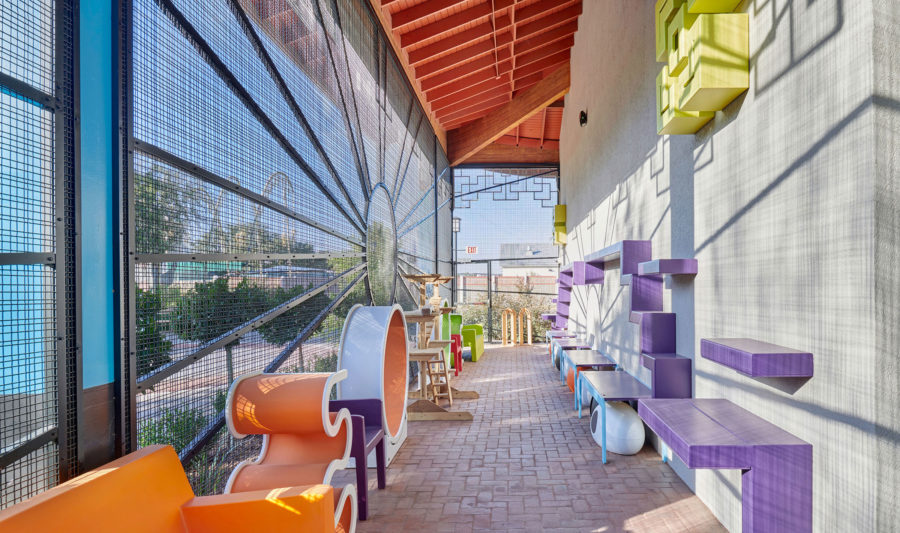
Animal enclosures are another popular use for architectural wire mesh—as seen here at the El Paso Zoo Cat Adoption Center. Photo courtesy of Banker Wire
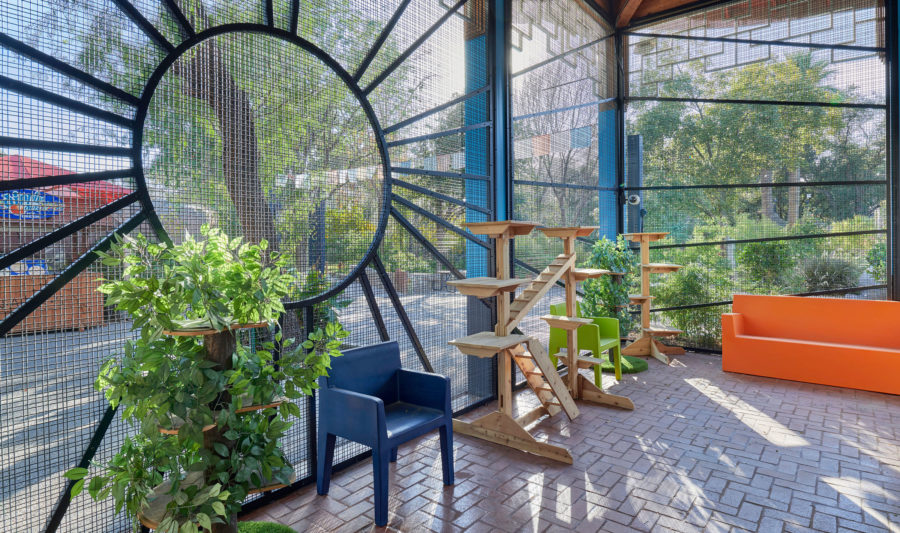
In El Paso, MNK Architects was tasked with designing a vibrant environment for potential adoptees and cats. MNK used Banker Wire’s SJD-2 wire mesh pattern to create a key architectural installation that was both functional and decorative. Photo courtesy of Banker Wire
The potential for wire mesh is endless, from animal enclosures like those at the El Paso Zoo Cat Adoption Center to more decorative separations that elegantly create boundaries for interior and exterior spaces. Architectural wire mesh from Banker Wire has the unique ability to range from high to low percent open area to create barriers that protect people and objects without restricting natural light and ventilation. You can hide unsightly mechanical equipment, provide visually open barriers, or define exterior spaces, among other uses.
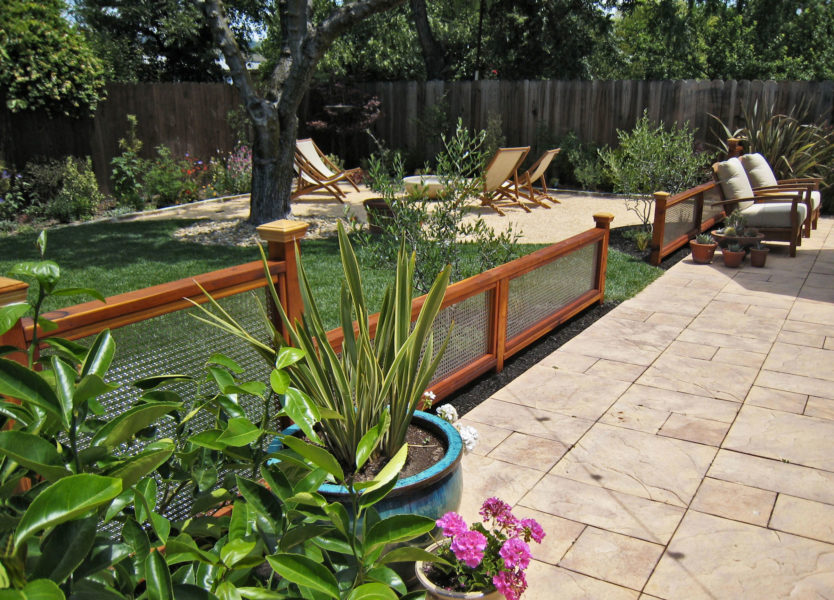
Banker Wire’s architectural wire mesh can also be used to create unique landscape features for outdoor spaces. Photo courtesy of Banker Wire
For residential applications Banker Wire’s architectural wire mesh can be used to create one-of-a-kind landscape features for outdoor spaces. Simple techniques like sandwiching the wire mesh between a natural wood structure or attaching to metal posts provides a classic yet modern aesthetic that can suit any architectural style.
Designs for luxury living extend to residential high-rises, too. In Washington, DC, the AVA NoMa project incorporates Banker’s architectural woven wire mesh in several areas—including in rec rooms, on balconies, and in the building’s dog park. Combined with the other building materials like exposed concrete, brick veneer, and metal finishes, the patterns pay visual homage to the new residential area’s industrial history. The wire mesh endures exterior wear-and-tear while allowing visual continuity of the design intent throughout each area.
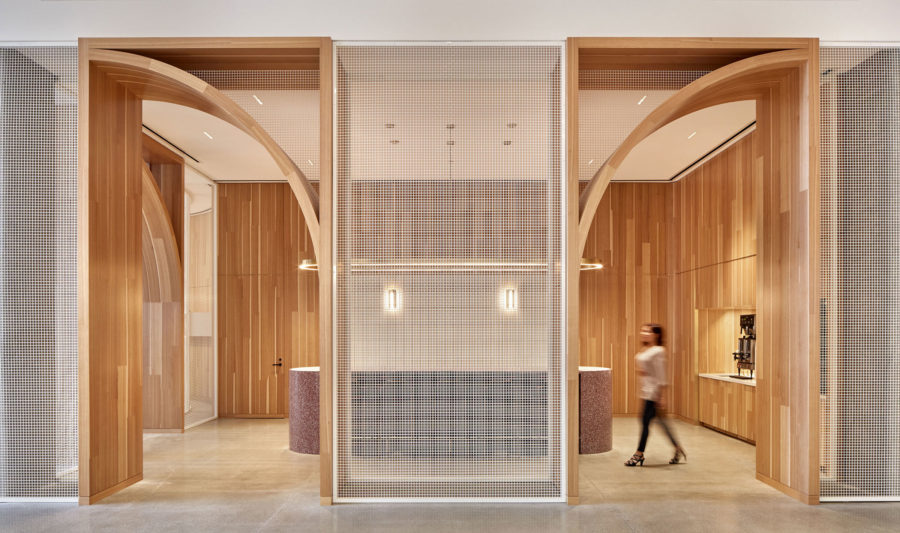
The ability to see through the brightly finished wire mesh at this McDonald’s headquarters allows for uninterrupted sightlines and natural light to filter into the space while creating distinct separations.
Photo courtesy of Banker Wire
Large corporate spaces can benefit from the wide range of wire mesh designs to create a productive atmosphere within the workplace. The Chicago headquarters of McDonald’s is just one example of wire mesh in the workplace. Banker’s architectural woven wire mesh pattern L-81 is used throughout the building—from wall and ceiling coverings to space dividers. The large open area of this mesh offers ample visibility, defining individual spaces, while the simple and rigid form of L-81 against the wood creates a warm, open feeling. Elsewhere in the facility, the same woven wire mesh is used as decorative ceiling elements above pendant lights to add additional texture and interest.
Banker Wire also offers thousands of woven and welded wire patterns, ranging from simple and practical to ornate and design-forward. Variable options in wire diameter and spacing allow designers to control opacity, providing as much or as little cover as desired. You can choose from a wide array of raw materials and secondary finishes for each pattern. “If you can dream it, we can make it happen,” Horan says.
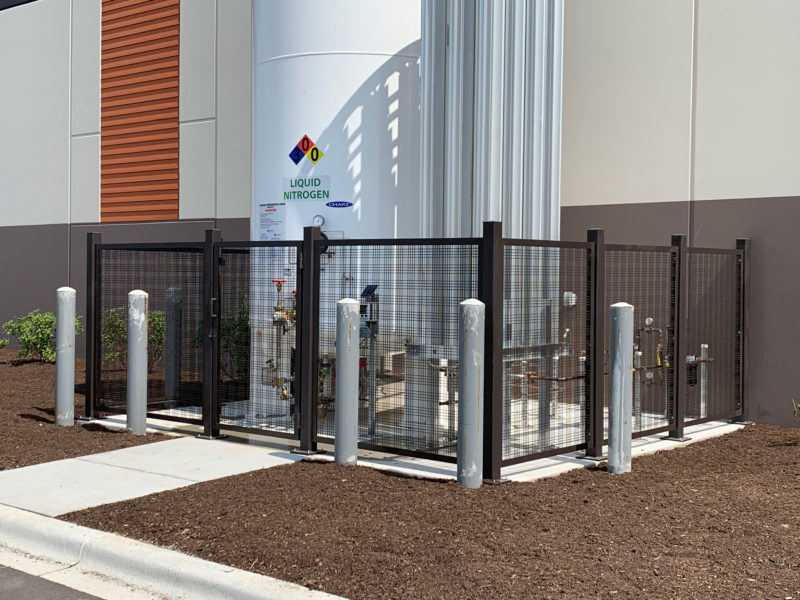
Across industries and project types, wire mesh continues to be used in more and more ways to create boundaries for interior and exterior spaces. Wire mesh is seen here used to enclose a nitrogen tank. Photo courtesy of Banker Wire

